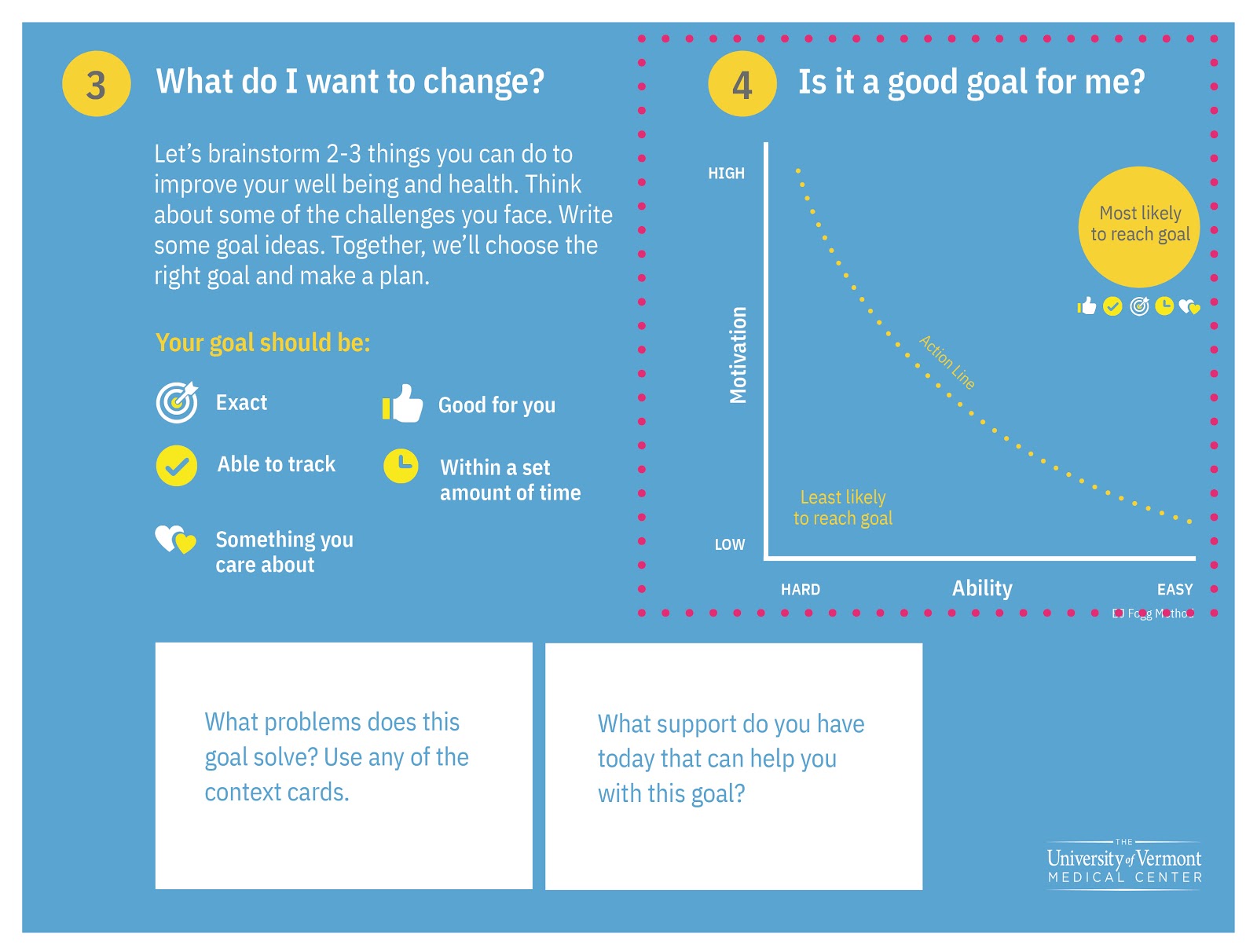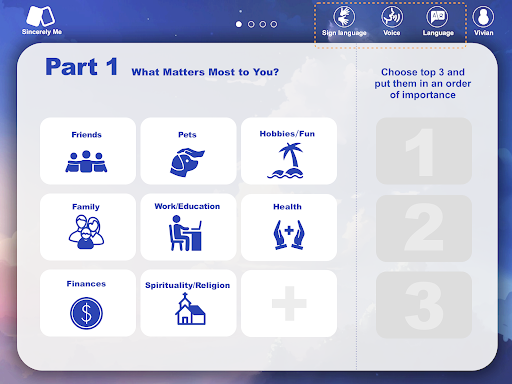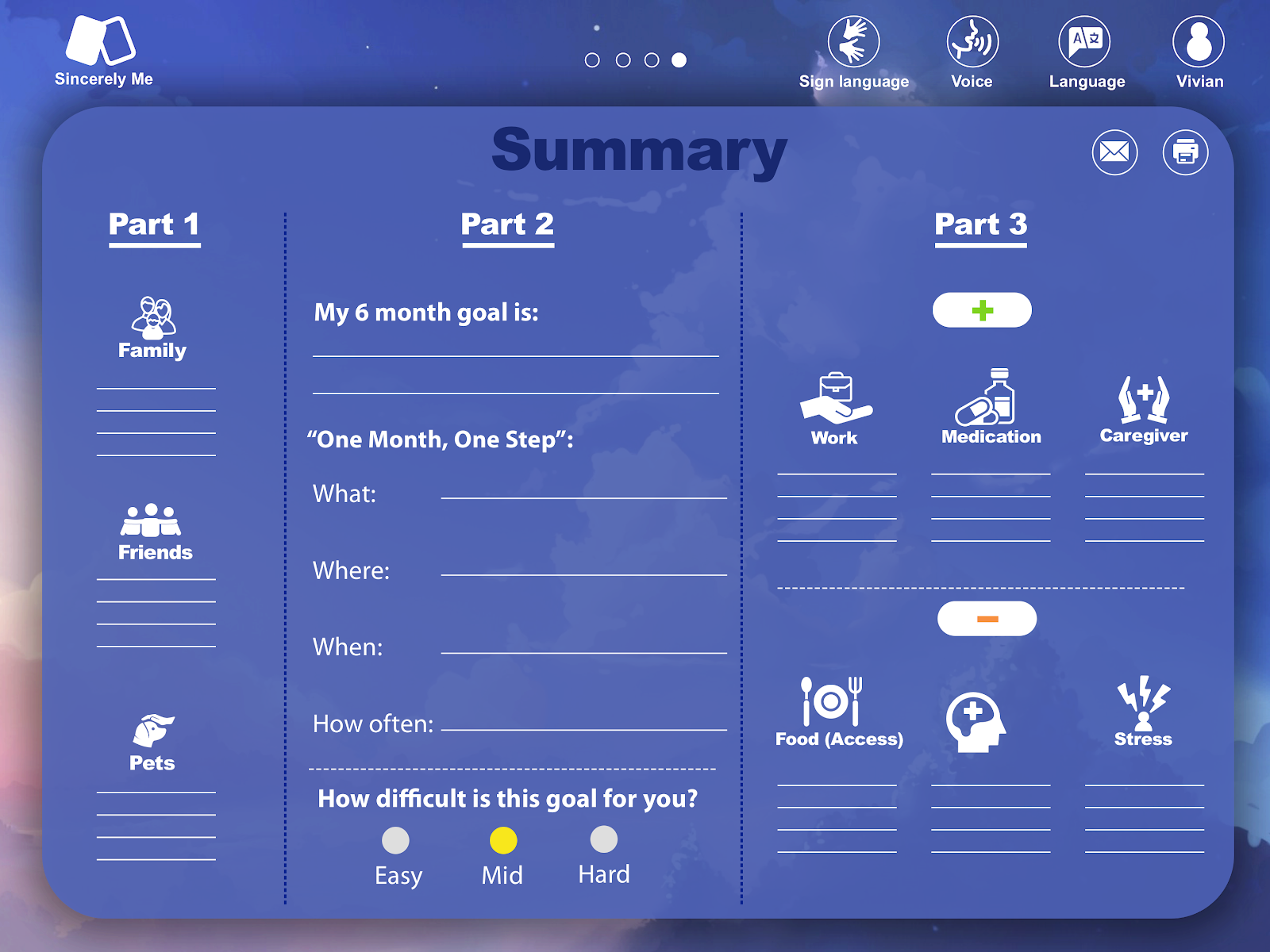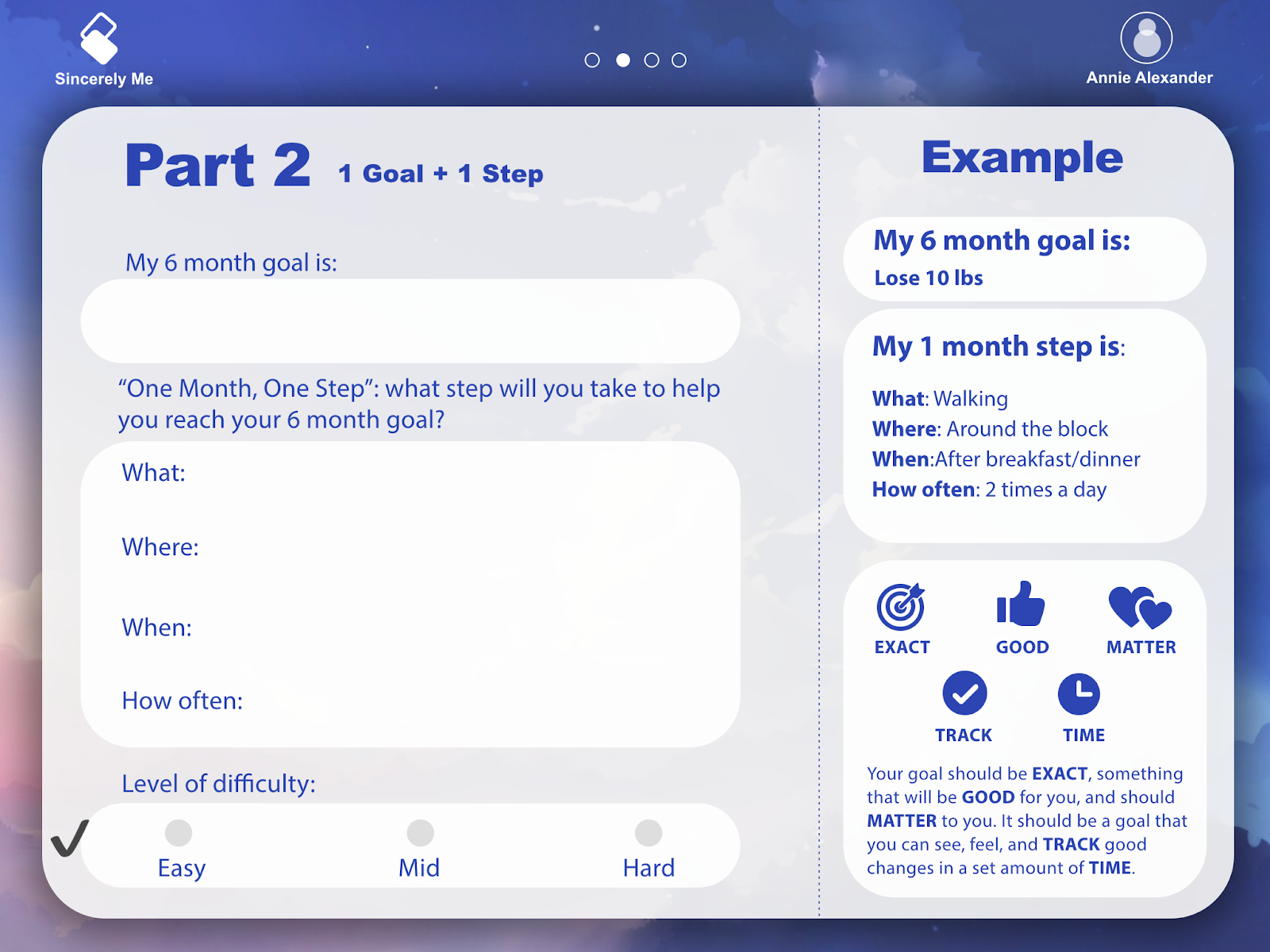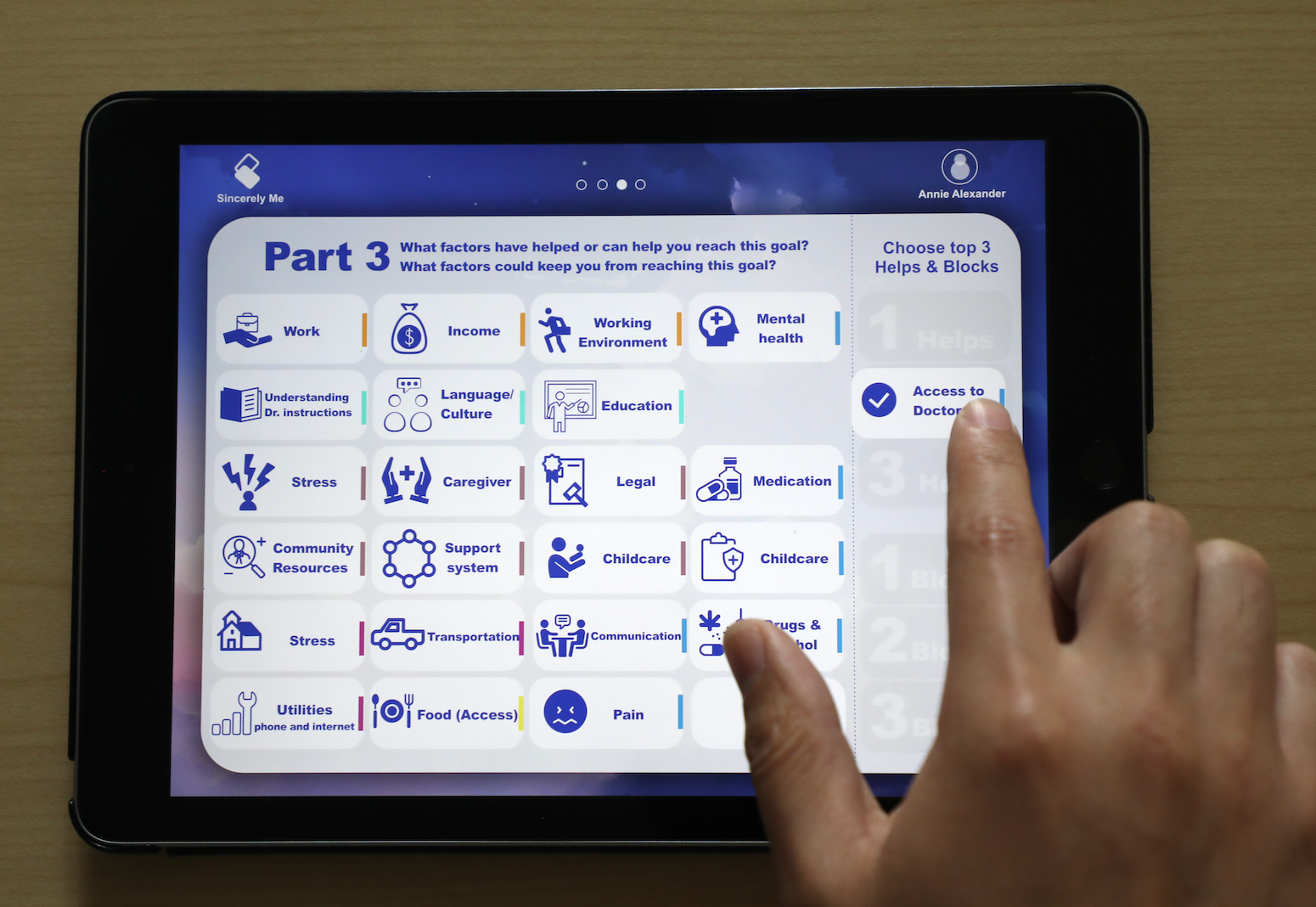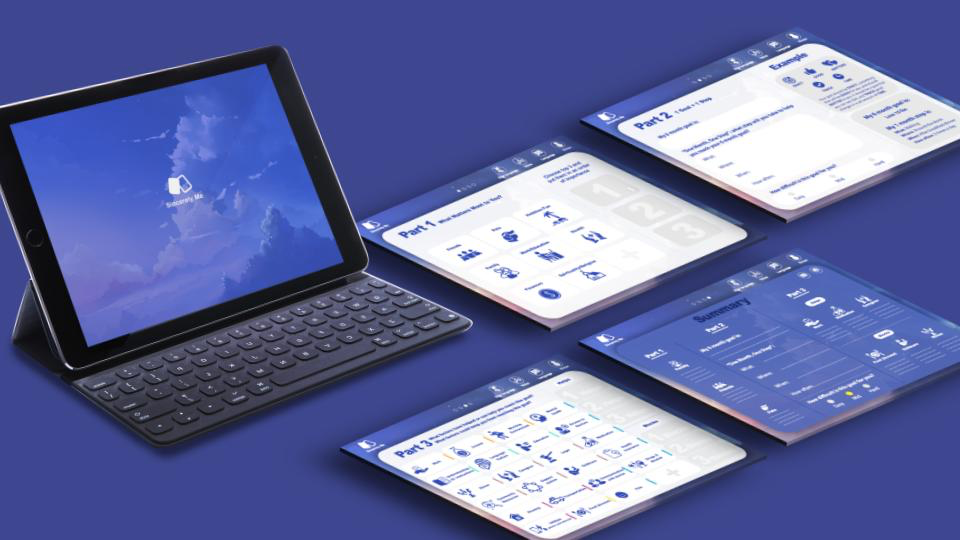Design an interactive tool that helps nurses create goals with patients based on their life context and lived reality.
University of Vermont Medical Center (UVMMC) serves patients and their families in Vermont and NY through a network of hospitals. We were brought in to help UVMMC launch a nurse care management program for patients with complex care needs.
Four designers co-designed alongside nurses. Our team’s focus was to design an interactive tool and experience that enhances the patient experience and helps the nurses care for their patients.
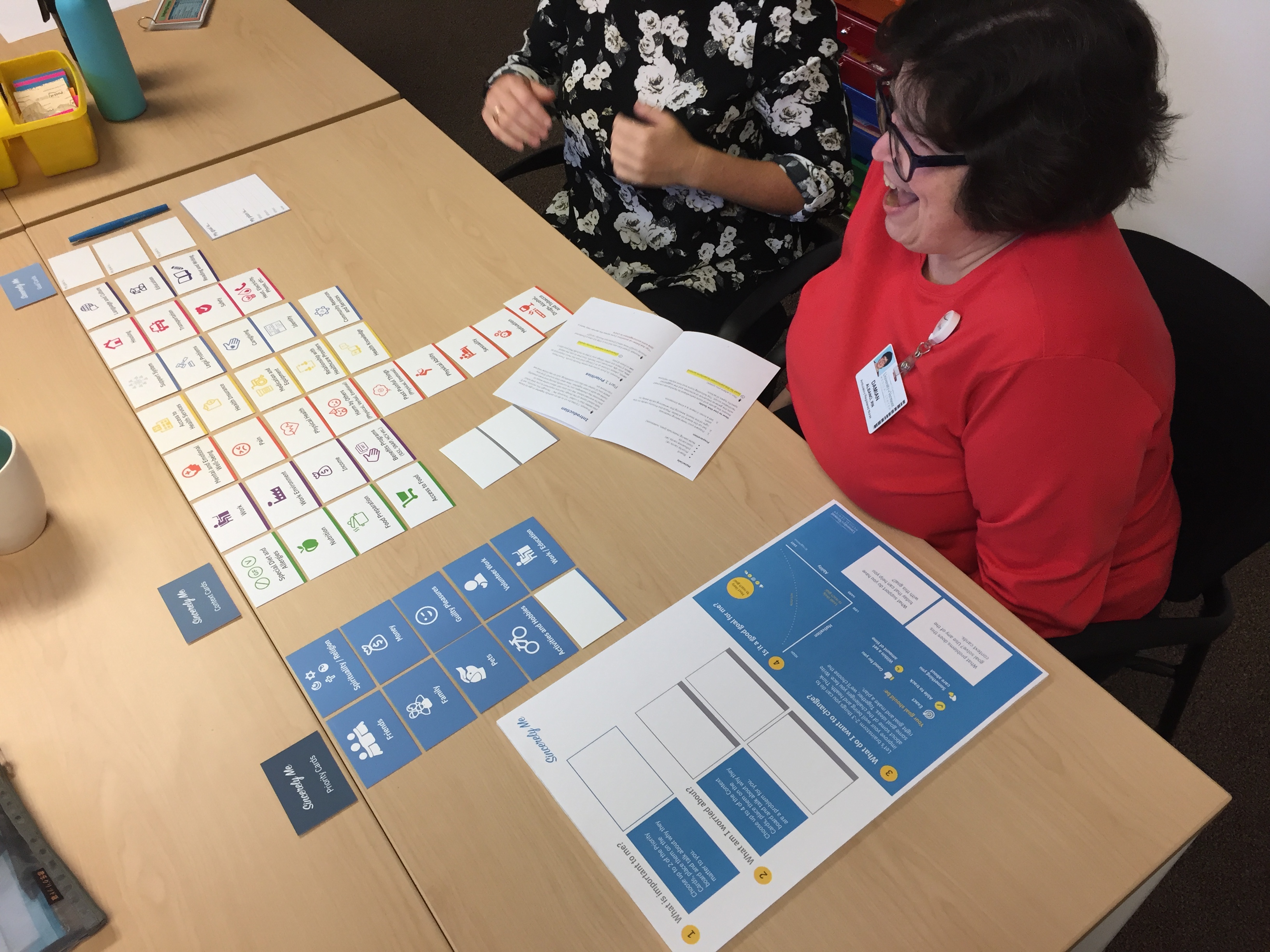
The specific patients in this program are likely to be readmitted to the hospital, have missed health appointments and have many chronic conditions. Many of the patients are vulnerable members of the community so we wanted to address how we could better understand how their social determinants of health (SDOH) impact their life. SDOH are the conditions in which people are born, live, work, worship, and age that affect a wide range of health, functioning, and quality-of-life outcomes. SDOH include things like access to housing or trauma.
The nurses will be working with patients over the course of a year as an advocate for the patient and integral member of their care team. Our team helped imagine how their first few interactions could be meaningful and more personal.
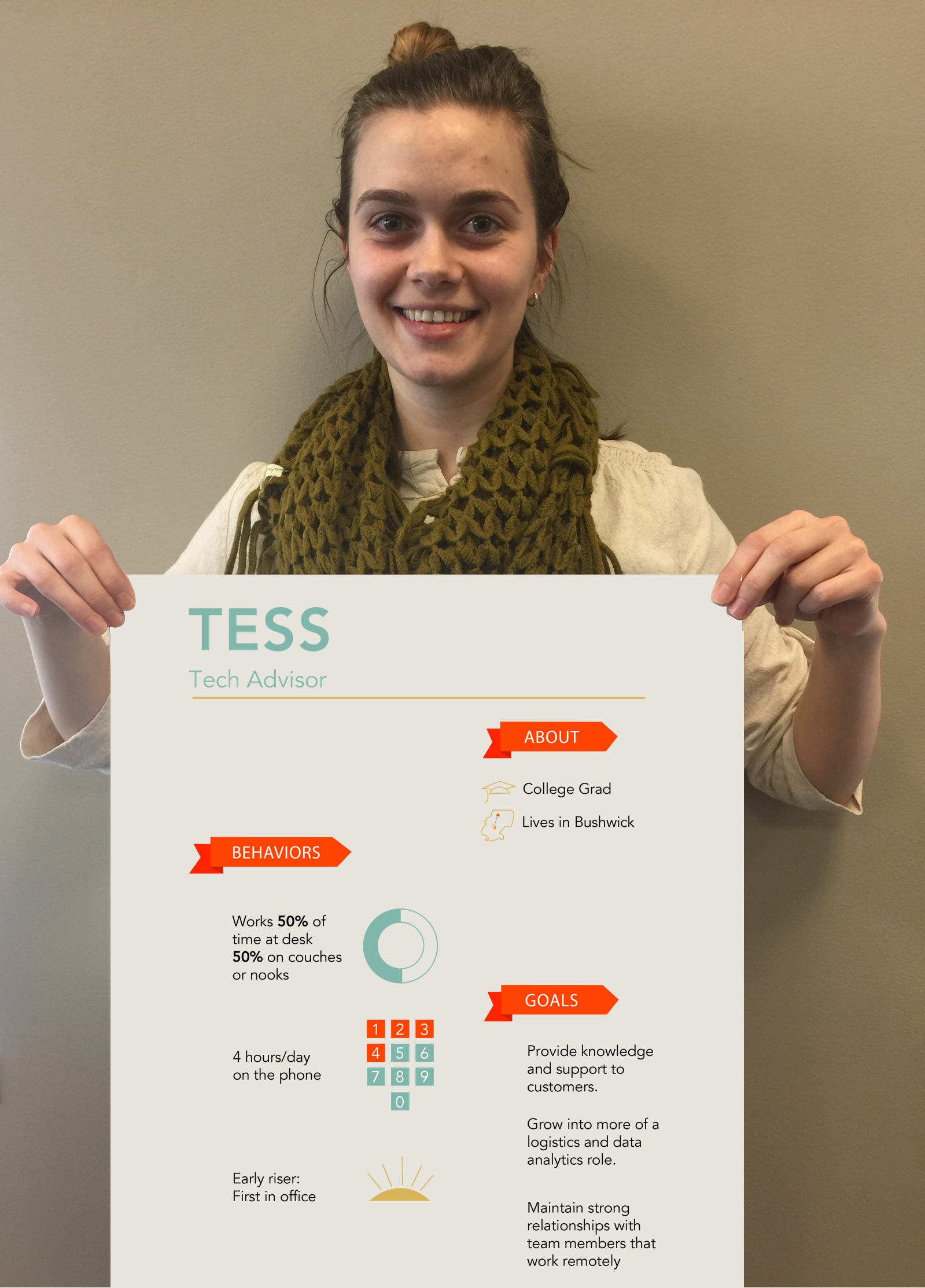
Inspired by our conversations with nurses, social workers, doctors and patients, we designed an interactive card sorting tool called “Sincerely Me." The goal with Sincerely Me is to direct a conversation toward understanding who a patient is on a holistic level and create health goals that also address what their health barriers are. The activity has 3 parts that feed into a service idea called "Sincerely, Your Health" - a curated monthly box of health related items based on health goals and personality.
PROCESS
Part 1: Patient selects the top 2 things that matter most to them (i.e. religion or family)
Part 2: Patients identify and discuss factors that affect their ability to be healthy.
Part 3: Patients and nurses collaborate to create a health related goal and a plan to achieve their goal based on their capabilities and resources.
Part 4: Patients receive curated health boxes called "Sincerely, Your Health" that are based on: the things that matter most to them: their challenges, priorities and health goals.
.png)
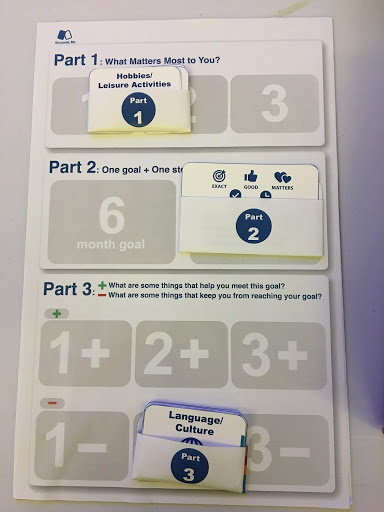
A main learning was that nurses would actually be traveling to multiple clinics. So, we needed to make a tool that could cleaned between appointments and travel easily. We created a digital version to test with patients.
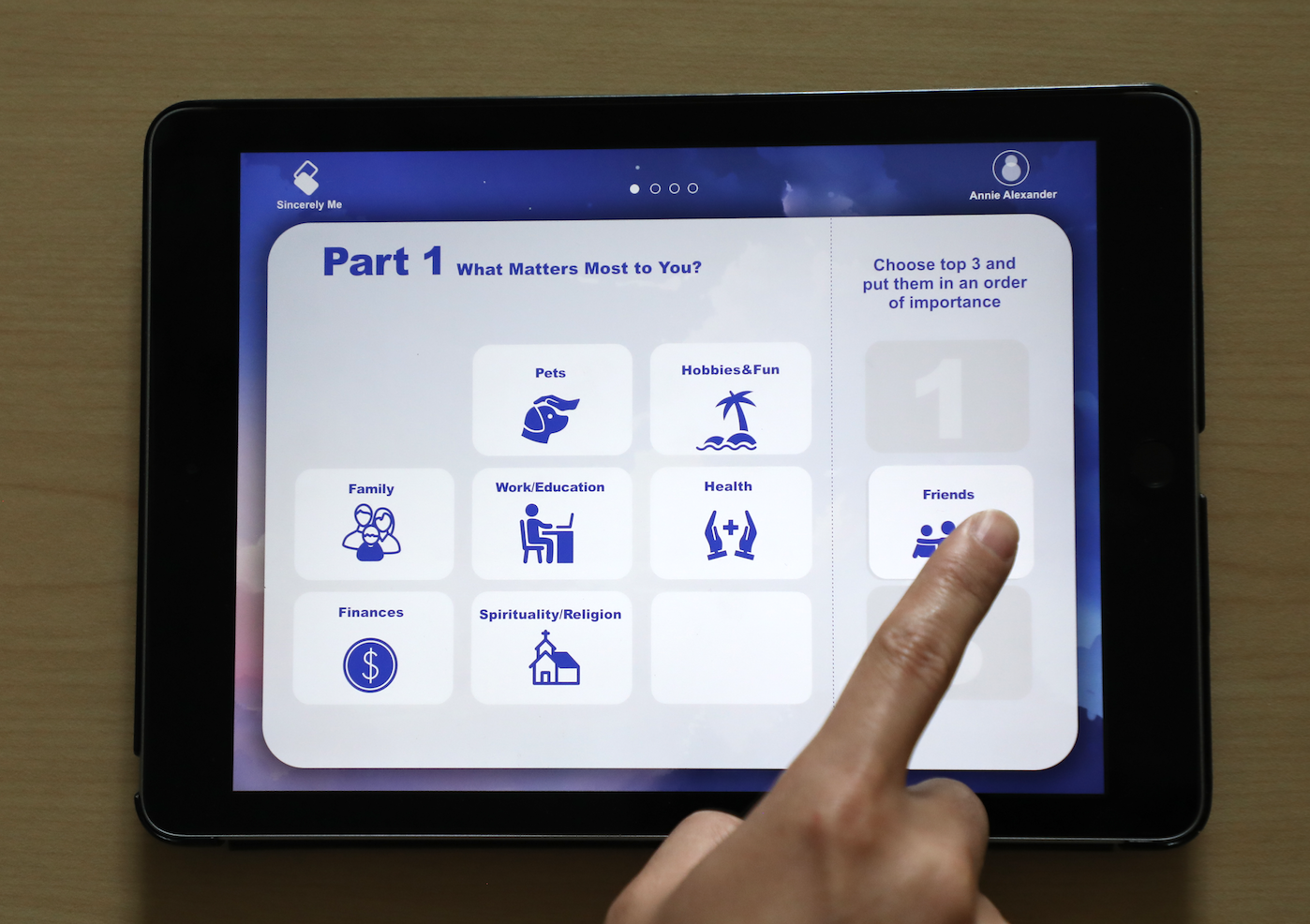
We interviewed a range of patients, healthcare professionals and shadowed home health nurses and social workers. Below are some of the design principles that directed our design work.
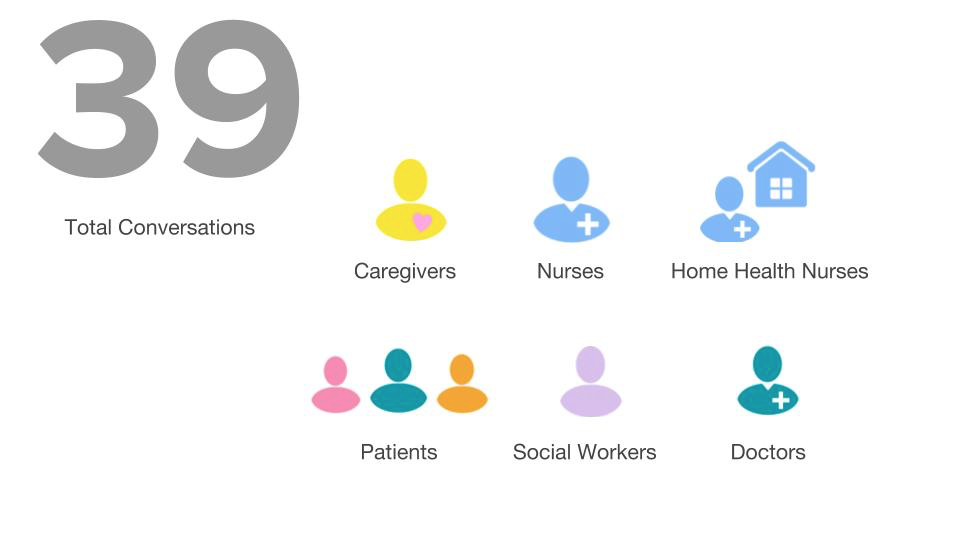

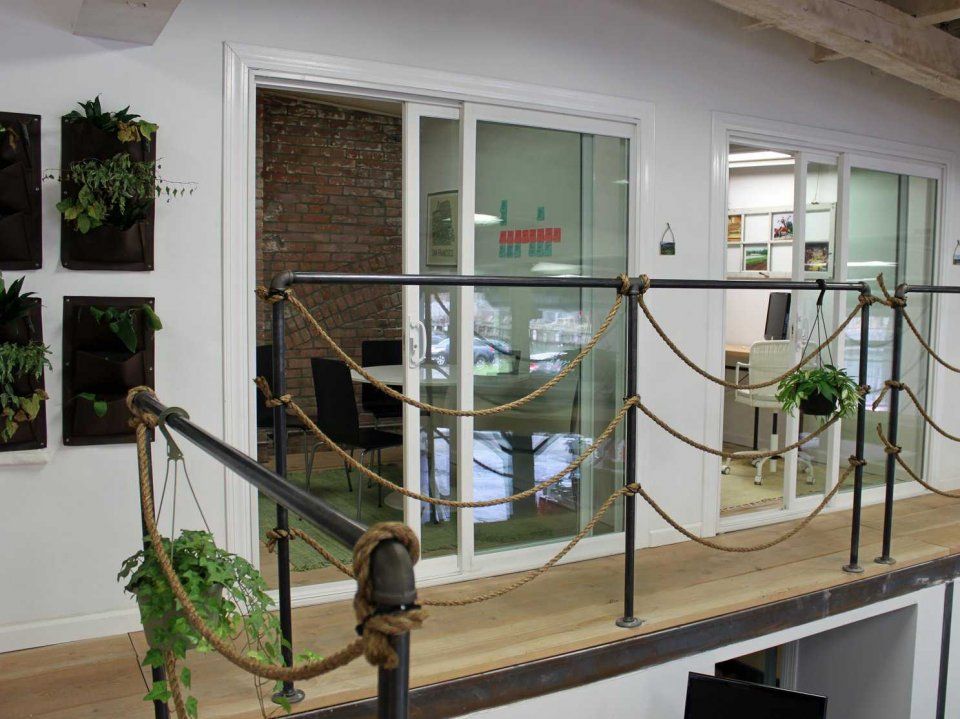
“Try to have them connect the dots… bring it back to them so that they are making self-discoveries.”
Nurse Care Manager
.jpg)
To maximize for calls to answer customer needs as well as have calls with remote team members, we built four conference rooms (including one food photography studio). We named the conference Fall, Winter, Spring and Summer to symbolize Farmigo's commitment to supporting food that is seasonal and ready to harvest.

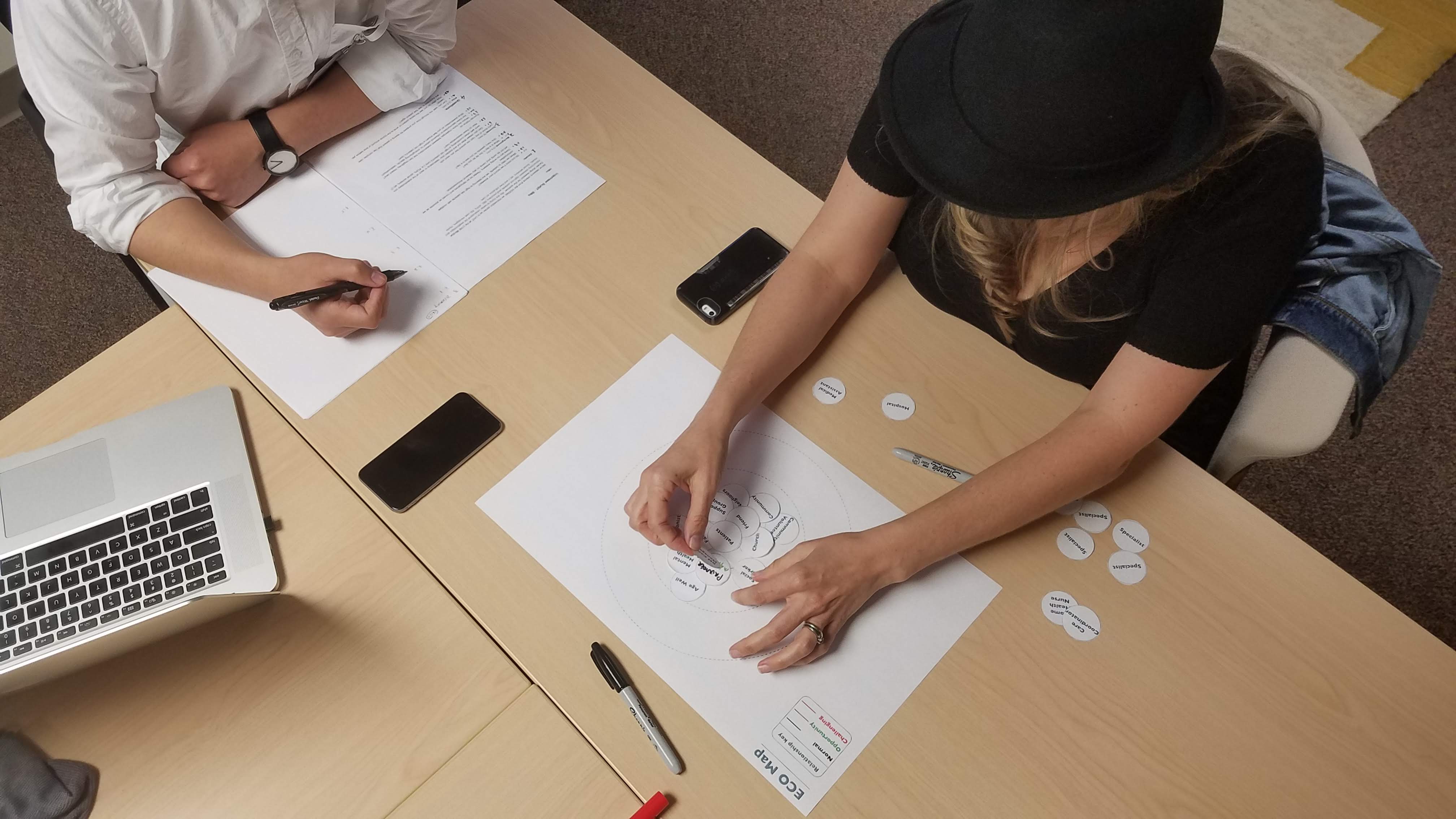
“Here is a person with diabetes not ‘this is a diabetic’. Most home health nurses refer to me as a condition… that’s not all of me.”
Patient
“I might be worried about their cholesterol, their blood pressure, they might have something totally different… what are their priorities, how are they different from mine.”
Nurse Practitioner
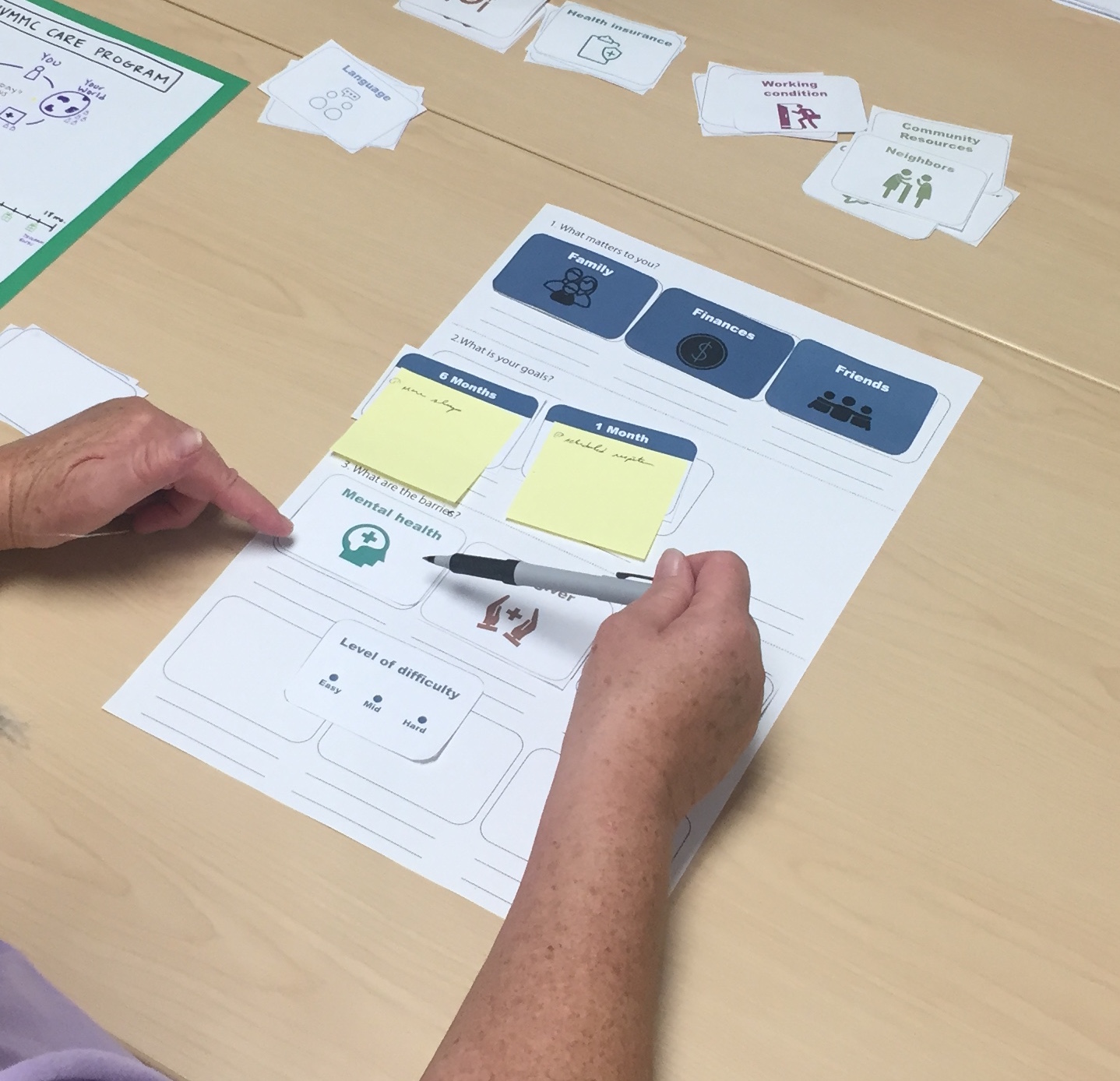
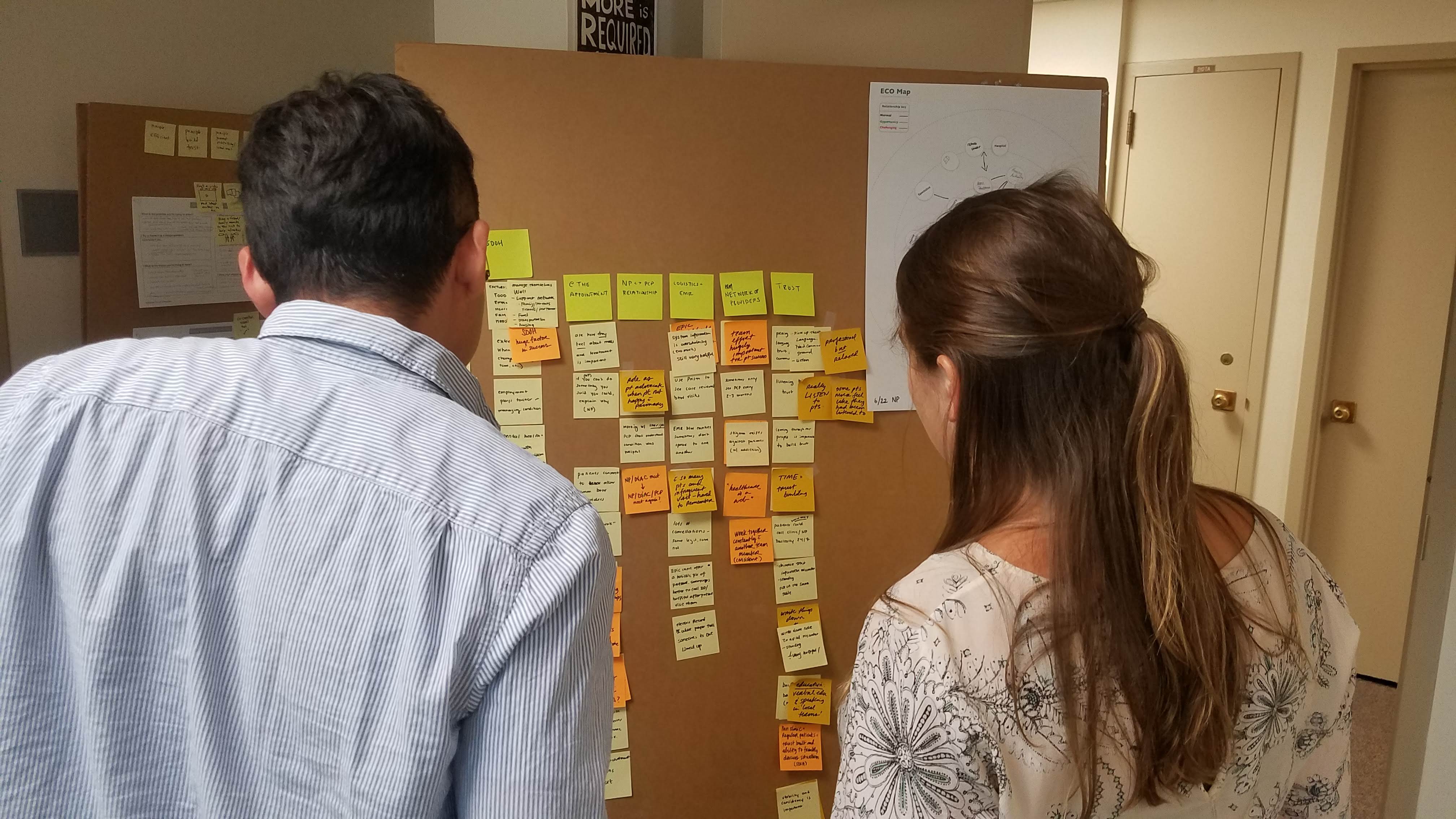
We conducted research on social determinants of health, care management programs and interviewed providers, patients and caregivers.
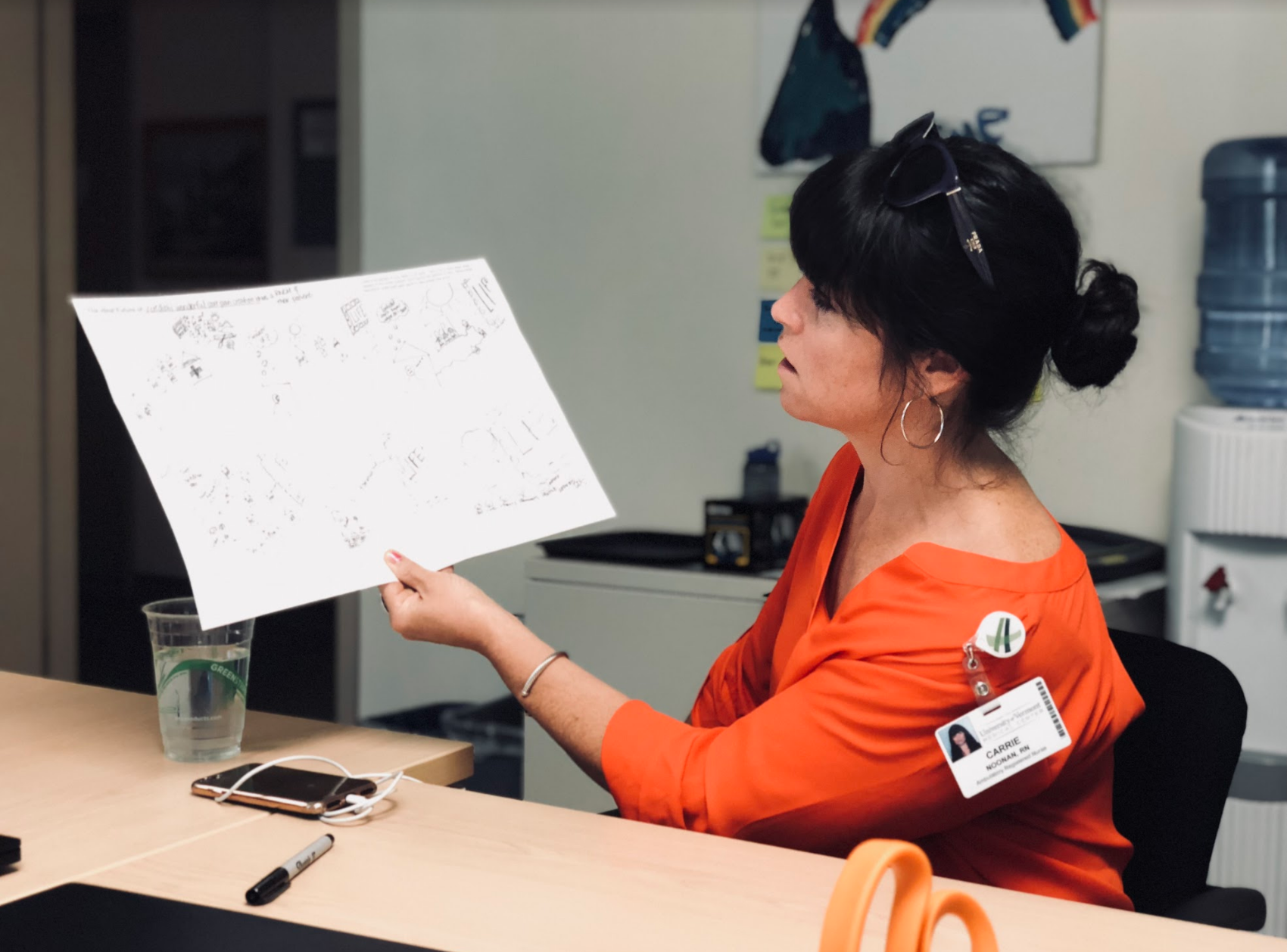
We conducted a five day design sprint and co-designed with nurse care managers. After nurses and hospital operations team gave us the green light, we tested our first prototype.
.JPG)
We designed and tested multiple analog and digital versions of our tool with patients and healthcare providers.
After we validated our idea, we tested the Sincerely Me and the Service Concept of the Sincerely, Your Health subscription boxes concept.
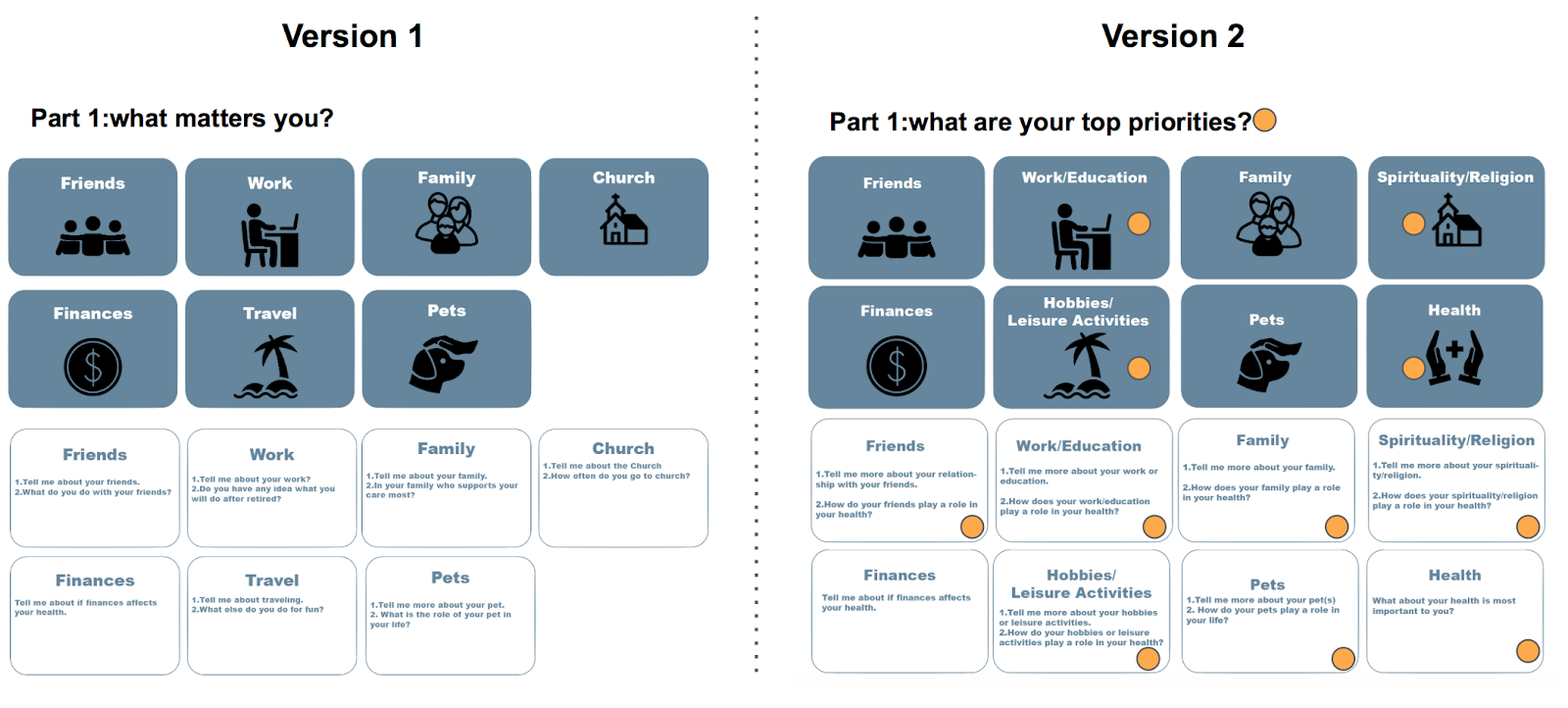
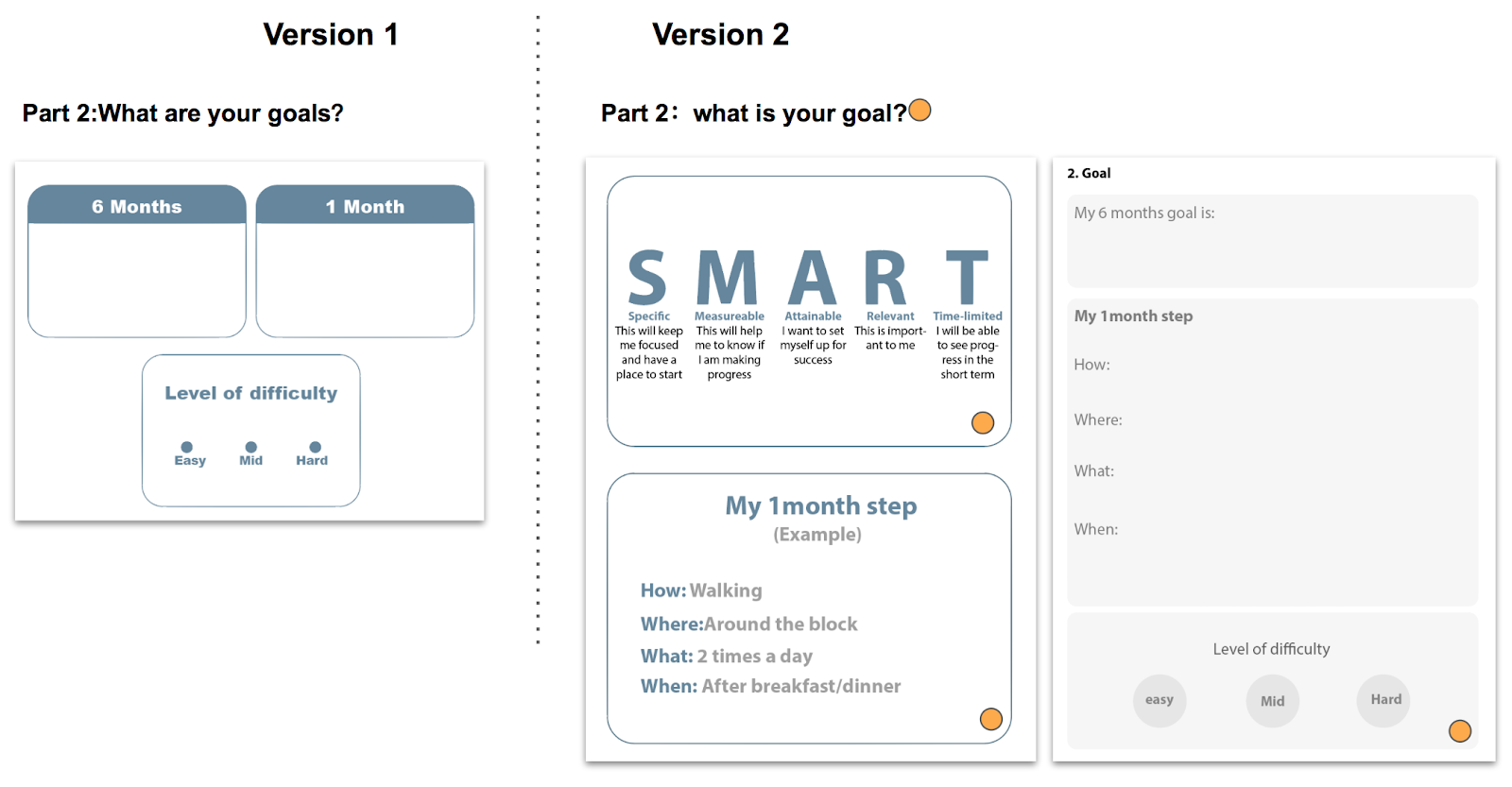
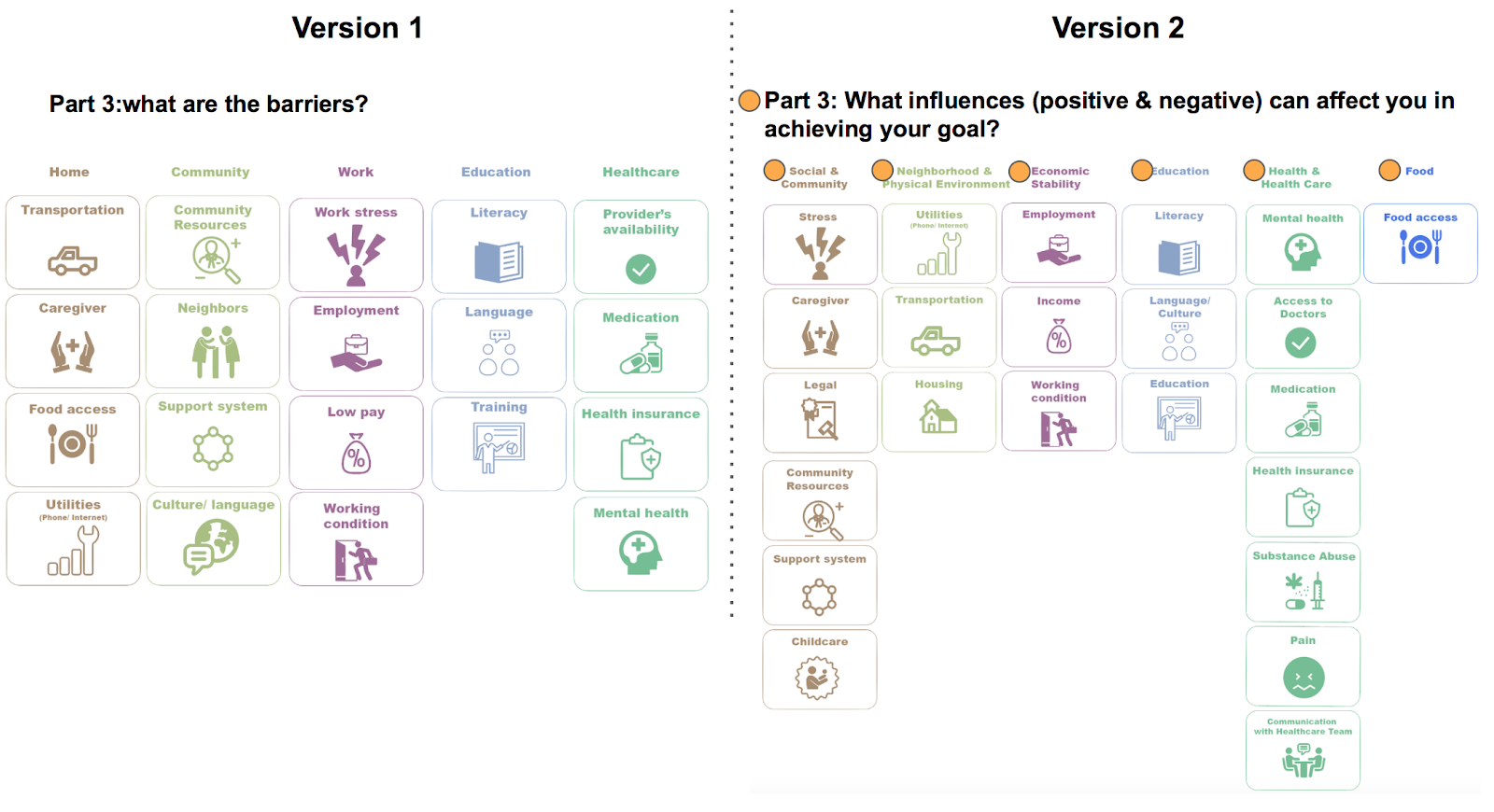
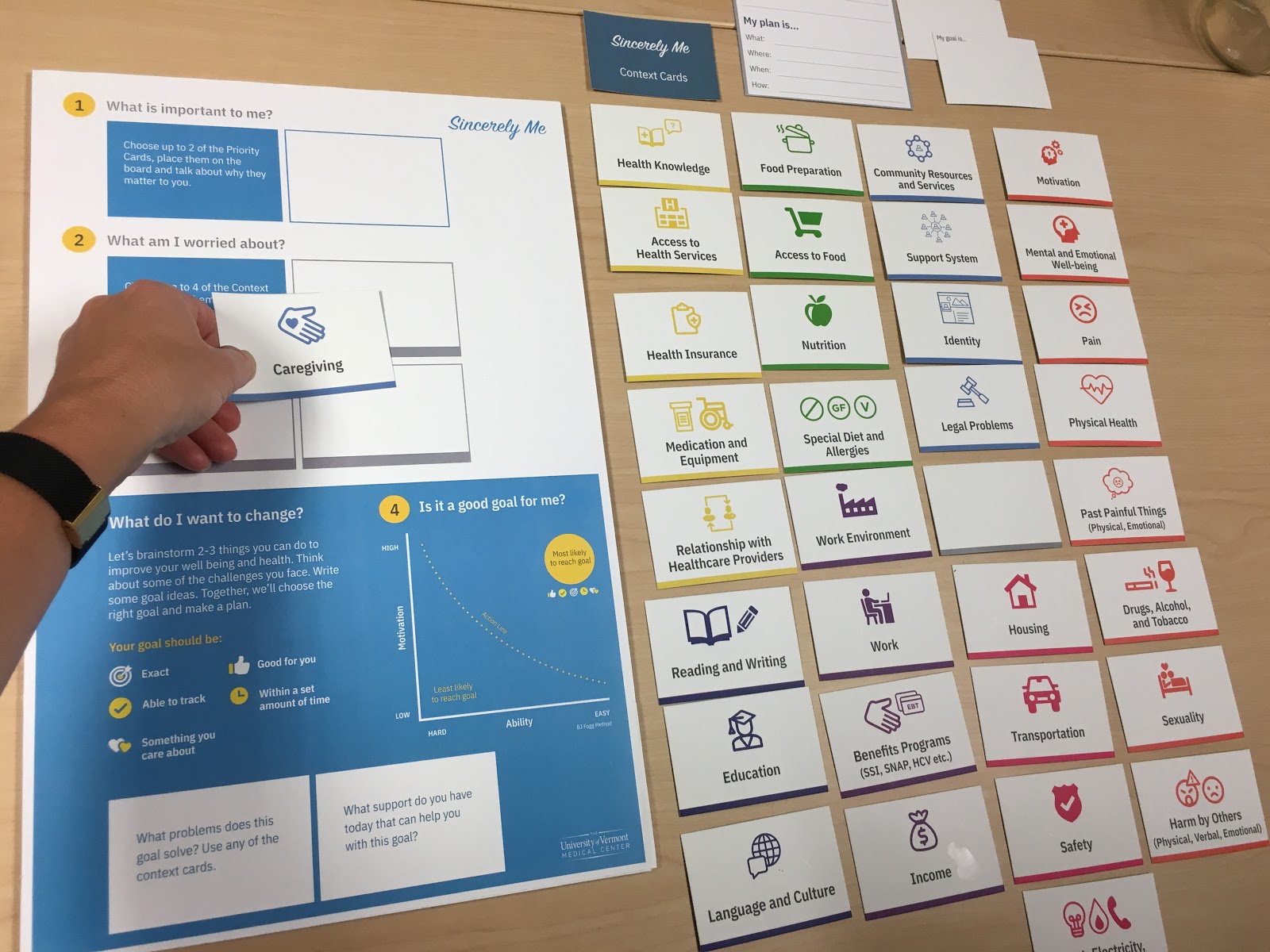
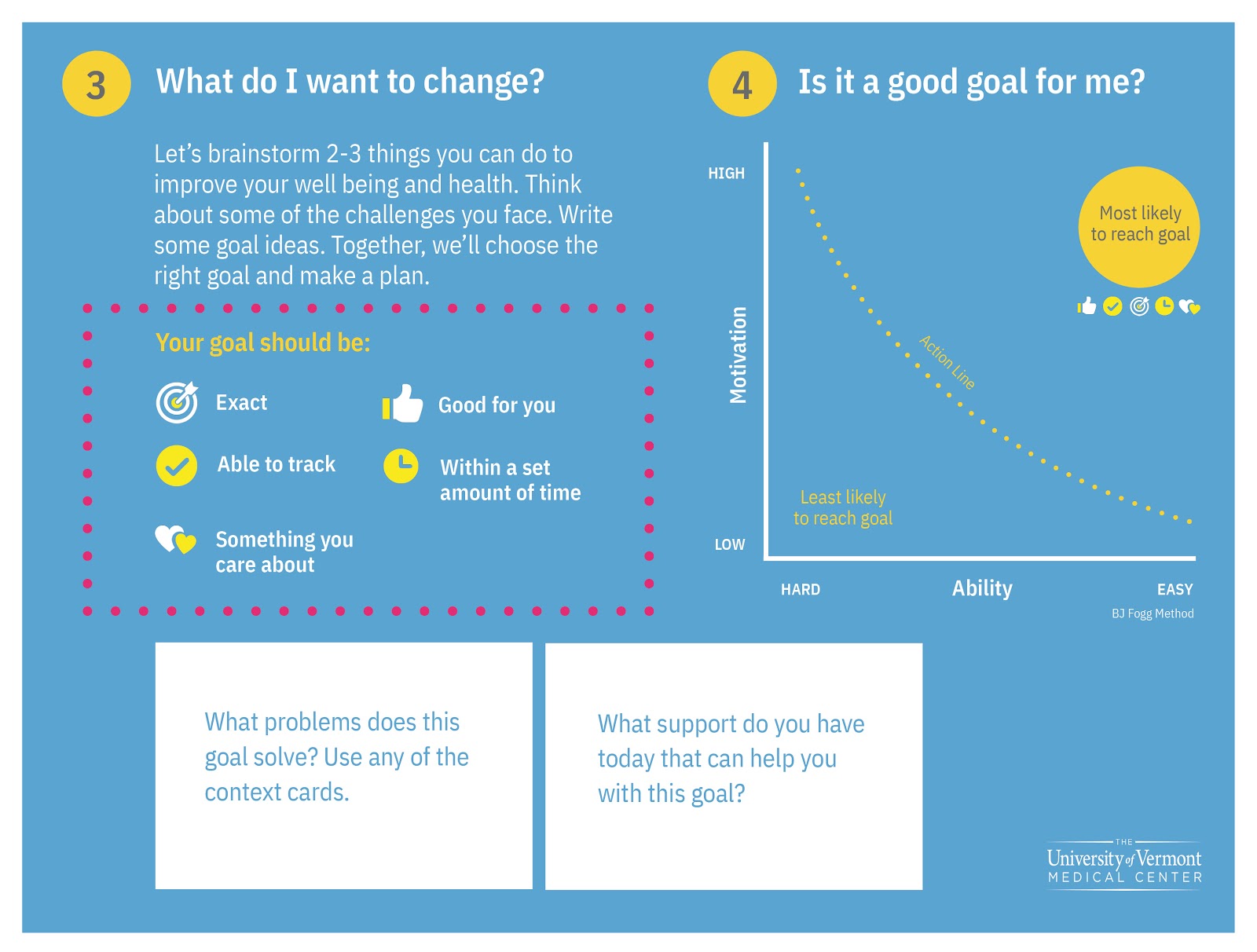
Since the goal setting is a collaborative process, a nurse can help the patient narrow in on the goal that makes the most sense for them. We included charts to help nurses explain to a patient how to prioritize and choose the right goal.
